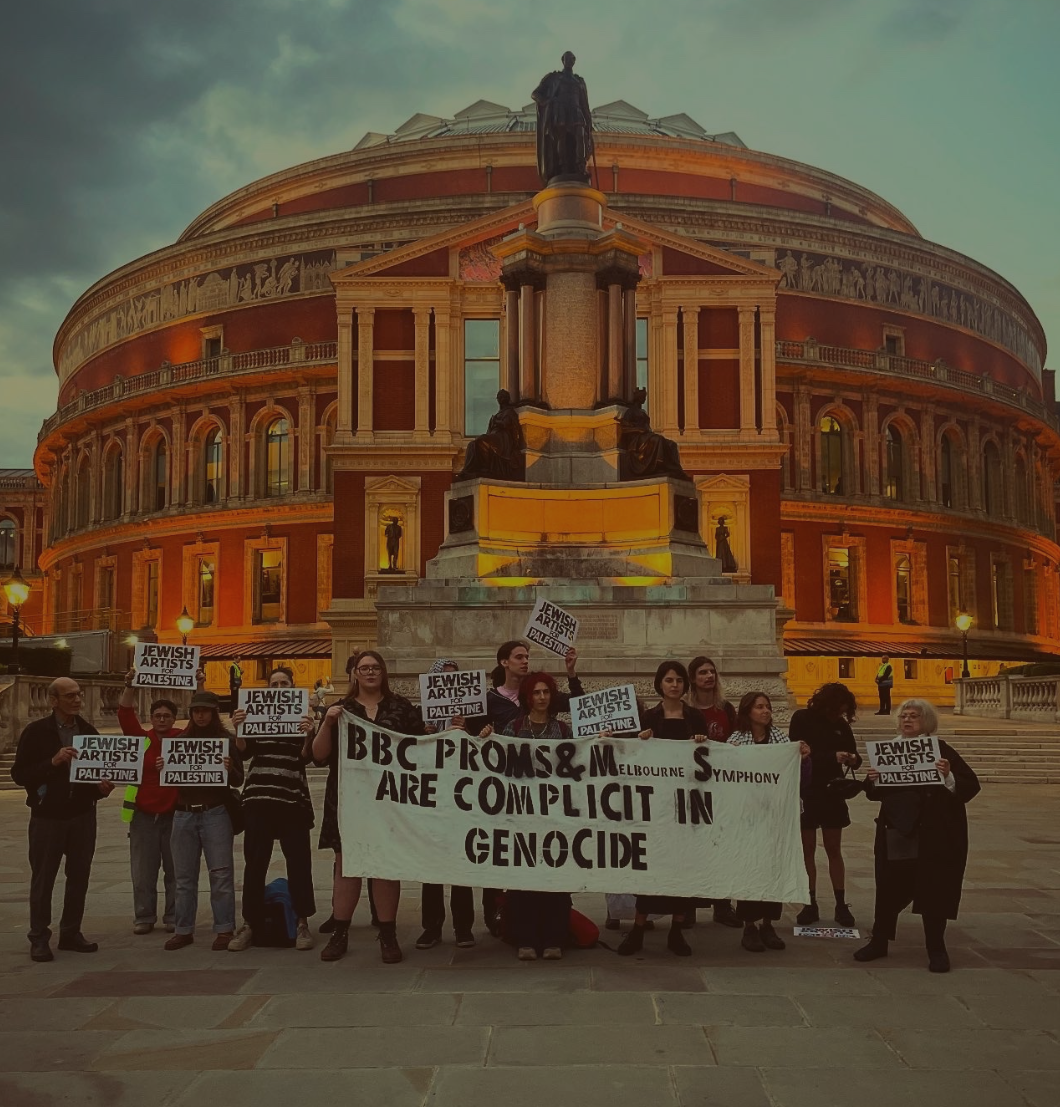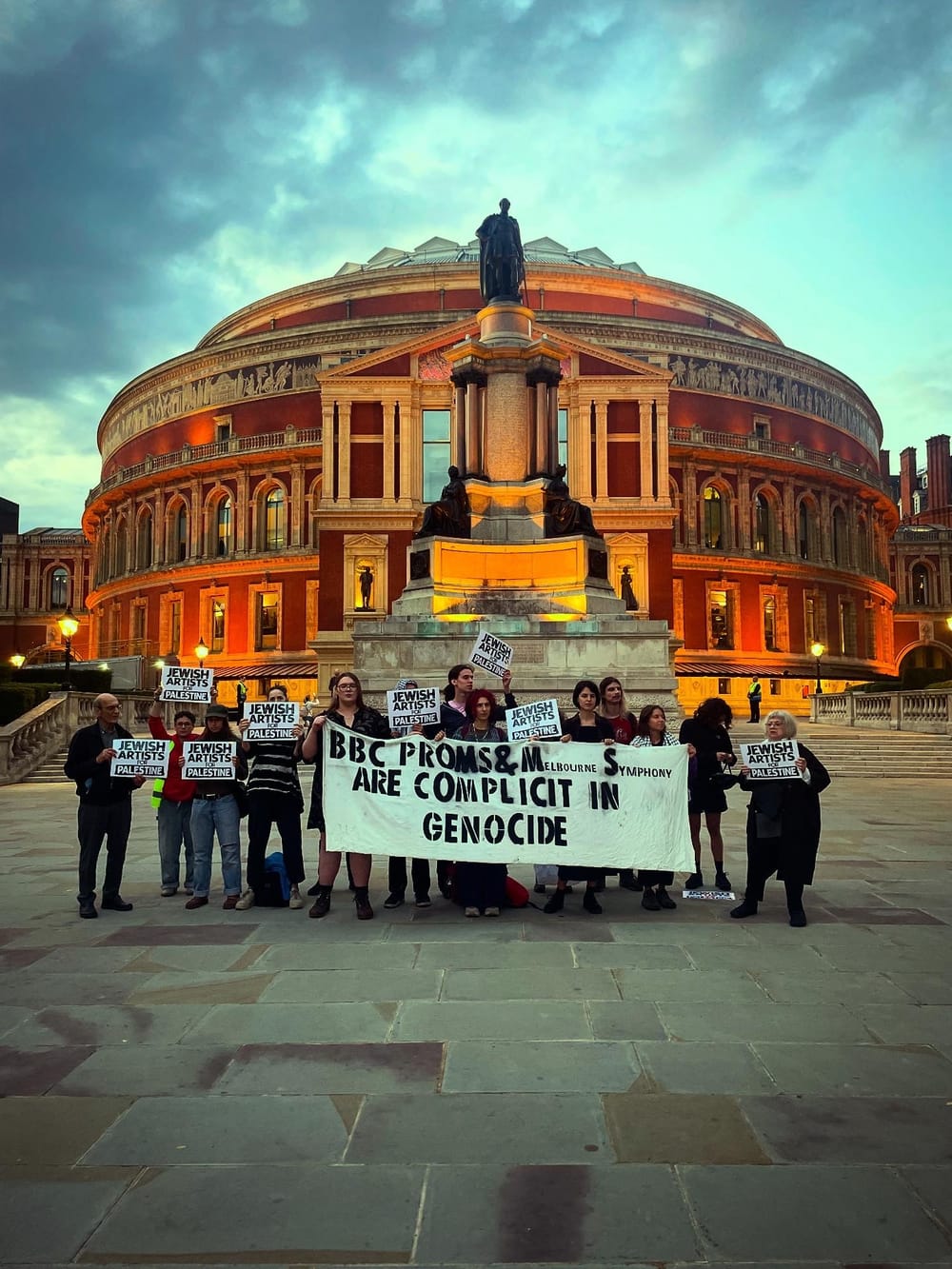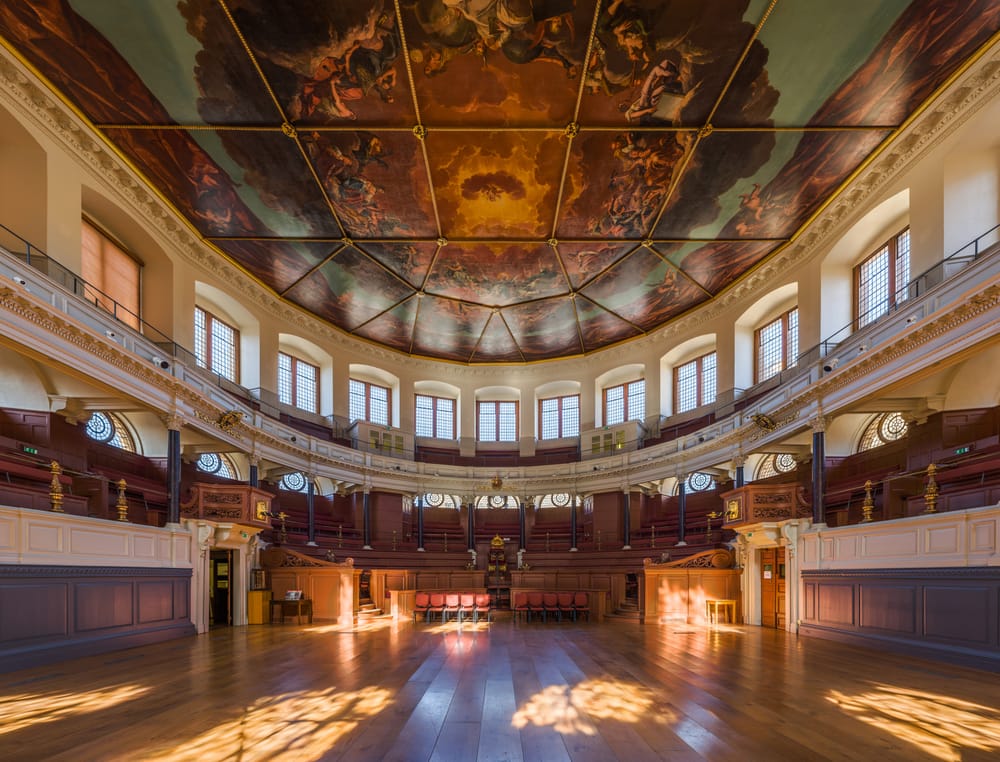Memorial Gestures exhibition review: a sensitive interweaving of past and present
The dark depths of the archive are transformed into art, in Sunny Bank Mills' latest show.

The current show at Sunny Bank Mills gallery, Memorial Gestures, is composed of works by fourteen artists, writers, and translators who have been in residence at the Holocaust Centre North Archive over the past few years. Each artist spent between six to nine months in residency, and their creations seek to intertwine their own identities with those whose stories they explored through the archive.
The exhibition is an insightful way of materialising and centring the humanity of individual lives and families affected by the Holocaust – a much-needed step away from the aestheticisation, datafication, and more currently, social media-fication of catastrophe.
The intertwining of personal and larger histories is a thread running through the whole exhibition – appropriately located in an old textile mill. For instance, Laura Nathan’s Unpicking: The Gannex and I, a site-specific installation, interweaves the heritage of the Kagan family, Yorkshire’s industrial history, and her own. Gannex is a waterproof fabric invented by Joseph Kagan, a Holocaust survivor and owner of Kagan Textiles Ltd in Yorkshire whose granddaughter, Jen Kagan, is an artist and chair of the Holocaust Centre North Archive. Nathan literally unpicks and re-looms the fabric, while delving into its expansive story, including that of Kagan Textiles’ workers, many of whom were South Asian immigrants experiencing India’s Partition in 1947.
Meanwhile, writer-in-residence Nathalie Olah’s work explores the life of Iby Knill, a Holocaust survivor who expressed herself through sewing, mending, and crochet. Olah’s writing includes Knill’s crochet instructions as poetry that interlaces her lived experiences of several concentration camps with the idea of glamour as a radical reclamation of self.

Also a mixture of text and textile, Manny, by Ariane Schick, invites us into the stories of Emanuel Culman and his parents, Edith and Emil, both Holocaust survivors. As you peruse the book, which is set out on a bright, sunny orange carpet, a chronological sequence of letters from Emanuel to his parents are interspersed with randomly-organised photographs taken by his mother. The ability to get lost in these hundreds of pages of intimacy offers an experience of discovery shared by archivists but mediated through Schick’s careful curation.
Another highlight includes Hannah Machover’s installation, which is inspired by letters written between a couple, Manfred and Thea Gornitzky, during Manfred’s internment as an ‘enemy alien’ in Huyton and the Isle of Man. The installation, entitled as far as possible, is made up of copper etchings drawn from these letters as well as stories handed down by Machover’s own family. The artist translates the tenderness of words between lovers into minisculely-detailed prints, bringing to life the imagined world one creates when confined away from loved ones.

These are but a few of the works on show in the vast room of the old textile mill, where we are invited to pause and spend a moment with stories framed, but not defined by, immense loss and oppression. The exhibition is ultimately a testament to the enduring force of art and self-expression.
Indeed, the group of artists’ intentional entanglement of their own personal work with the archive, and the reification of memories and relationships across past and present, succeeds in drawing crucial parallels between the not-so-distant history of the Holocaust, including the stories of Roma and LGBTQ+ identities, with contemporary mass displacement, conflict, and authoritarianism.
In our present of mass dehumanisation, an optimistic and naïve wish would be that those in power take the time to sit with the individual stories of the innumerable people whose lives they are complicit and active in vilifying and eradicating. But far more realistically, I would encourage you to spend an afternoon at Memorial Gestures, as in keeping with Jewish tradition, a person is only truly gone when they have been thought of for the very last time.
The show is on from June 6-28th.▼
Emma Louise Rixhon is currently doing a PhD exploring how shifting masculine ideals inform and affect male models’ labour practices in London. They are also a photographer and writer.
Author

Emma Louise Rixhon is currently doing a PhD exploring how shifting masculine ideals inform and affect male models’ labour practices in London. They are also a photographer and writer.
Sign up for The Pickle and New, From Vashti.
Stay up to date with Vashti.



